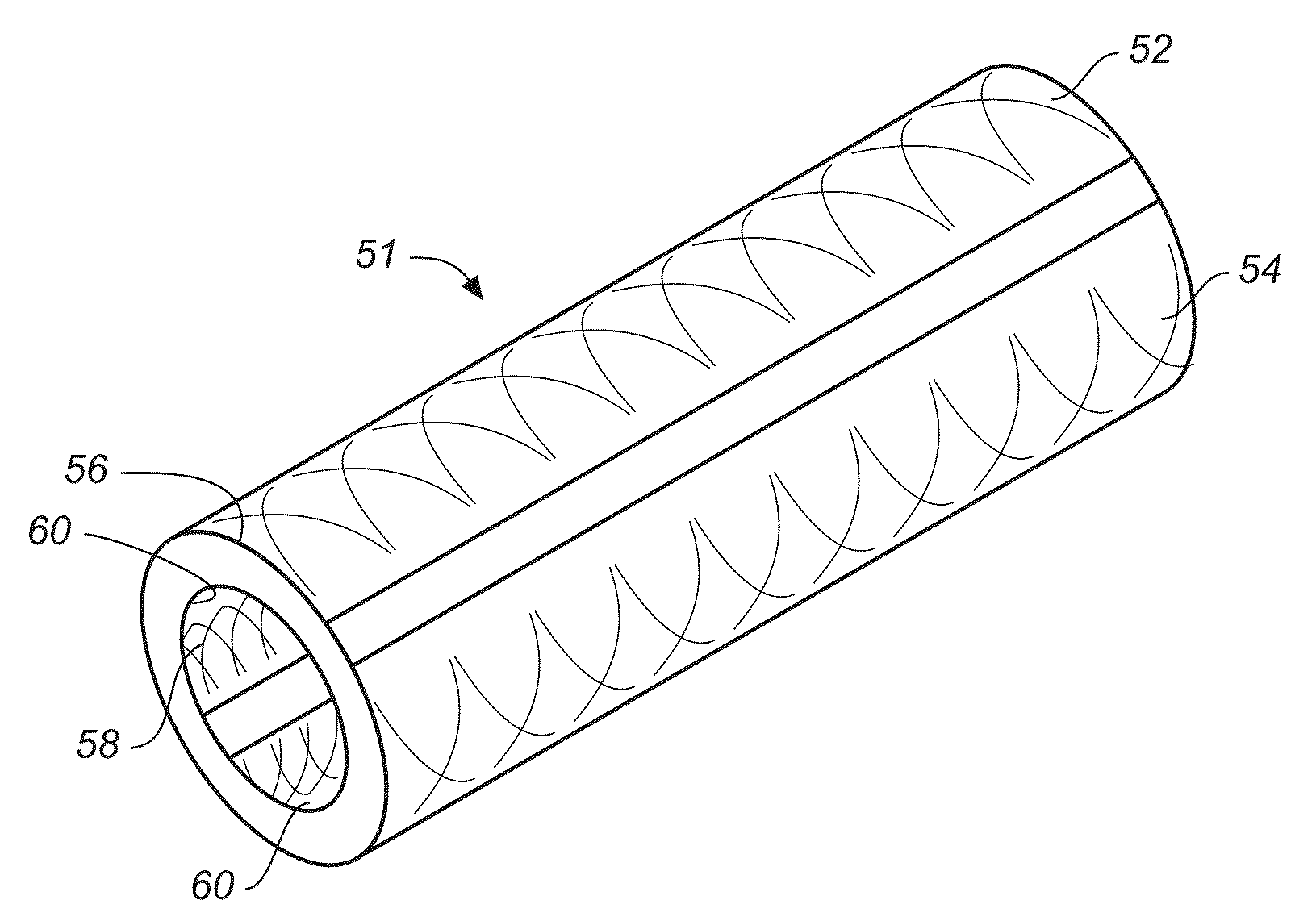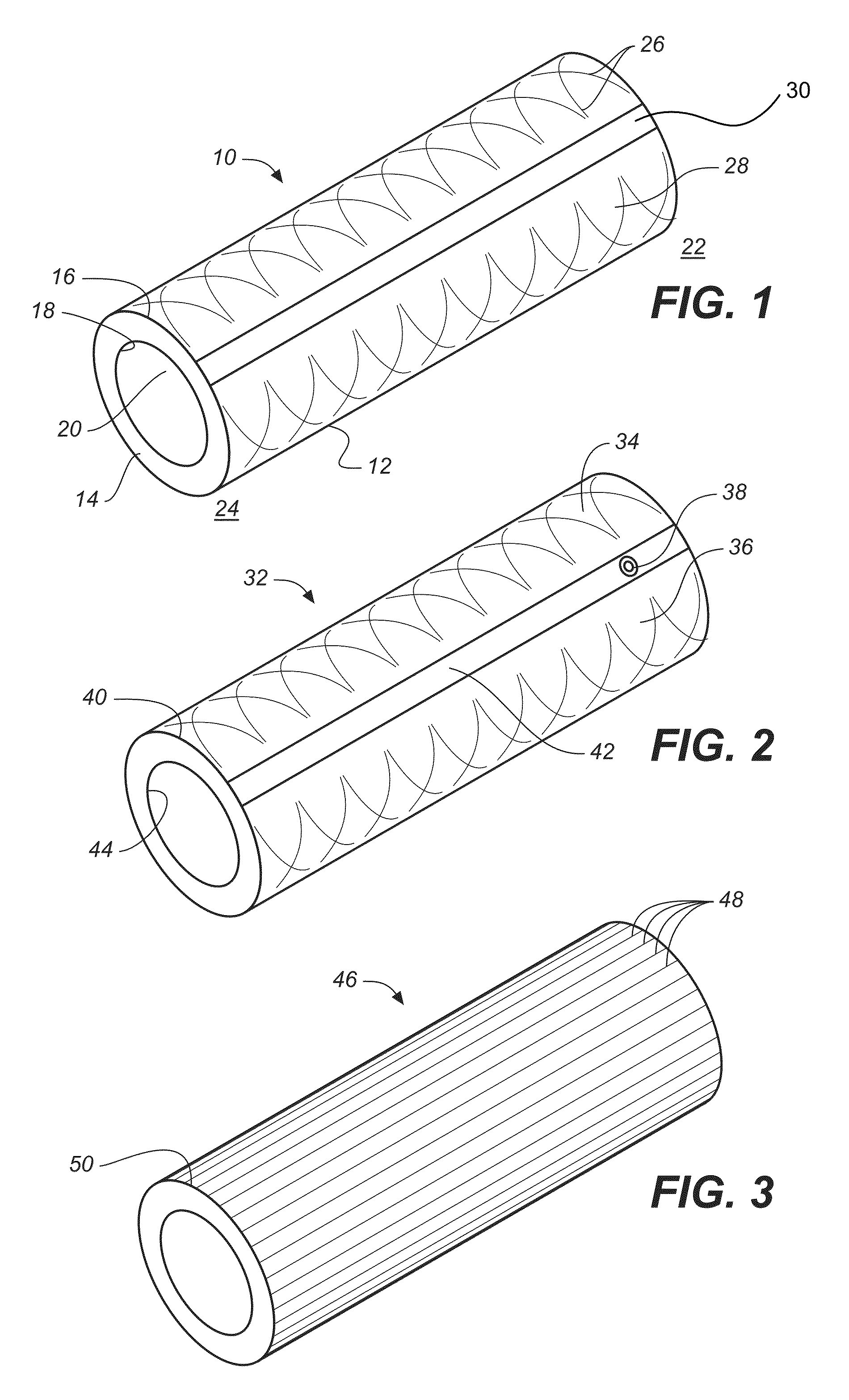Electrochemical disinfection of implanted catheters
a technology of implanted catheters and electrodes, which is applied in the field of implantable, indwelling catheters, can solve the problems of biofilm formation on medical implants, treatment failure and reoccurrence, and the difficulty of eradicating biofilms, so as to prevent the formation of biofilms
- Summary
- Abstract
- Description
- Claims
- Application Information
AI Technical Summary
Benefits of technology
Problems solved by technology
Method used
Image
Examples
Embodiment Construction
I. Definitions and Nomenclature
[0047]Unless defined otherwise, all technical and scientific terms used herein have the meaning commonly understood by one of ordinary skill in the art to which the invention pertains. Specific terminology of particular importance to the description of the present invention is defined below.
[0048]In this specification and the appended claims, the singular forms “a,”“an” and “the” include plural referents unless the context clearly dictates otherwise. For example, the term “a thermosetting polymer” can refer to a single thermosetting polymer or to two or more thermosetting polymers in combination, and the term “flexible elastomer” can refer to a single such elastomer or to a composite of two or more such elastomers in combination.
[0049]The term “implantable catheter” as used herein refers to a catheter that is implanted or inserted in the human body either temporarily or permanently.
[0050]The term “inhibition” as applied to the capability of the inventi...
PUM
| Property | Measurement | Unit |
|---|---|---|
| thickness | aaaaa | aaaaa |
| time period | aaaaa | aaaaa |
| time period | aaaaa | aaaaa |
Abstract
Description
Claims
Application Information
 Login to View More
Login to View More - R&D
- Intellectual Property
- Life Sciences
- Materials
- Tech Scout
- Unparalleled Data Quality
- Higher Quality Content
- 60% Fewer Hallucinations
Browse by: Latest US Patents, China's latest patents, Technical Efficacy Thesaurus, Application Domain, Technology Topic, Popular Technical Reports.
© 2025 PatSnap. All rights reserved.Legal|Privacy policy|Modern Slavery Act Transparency Statement|Sitemap|About US| Contact US: help@patsnap.com



